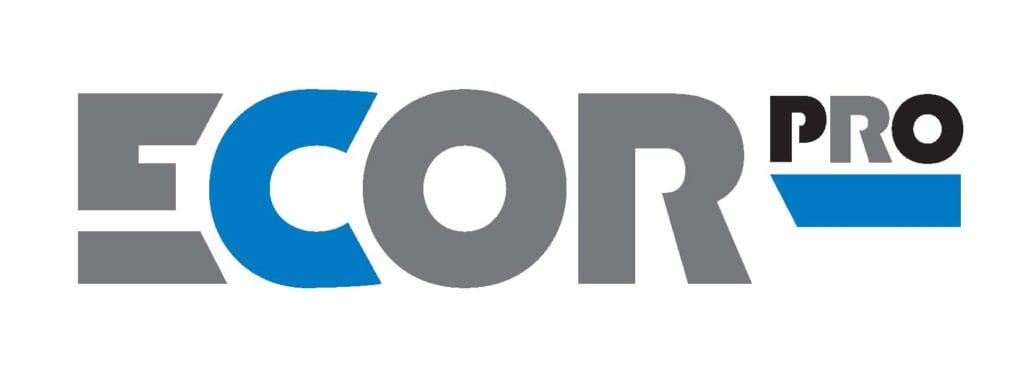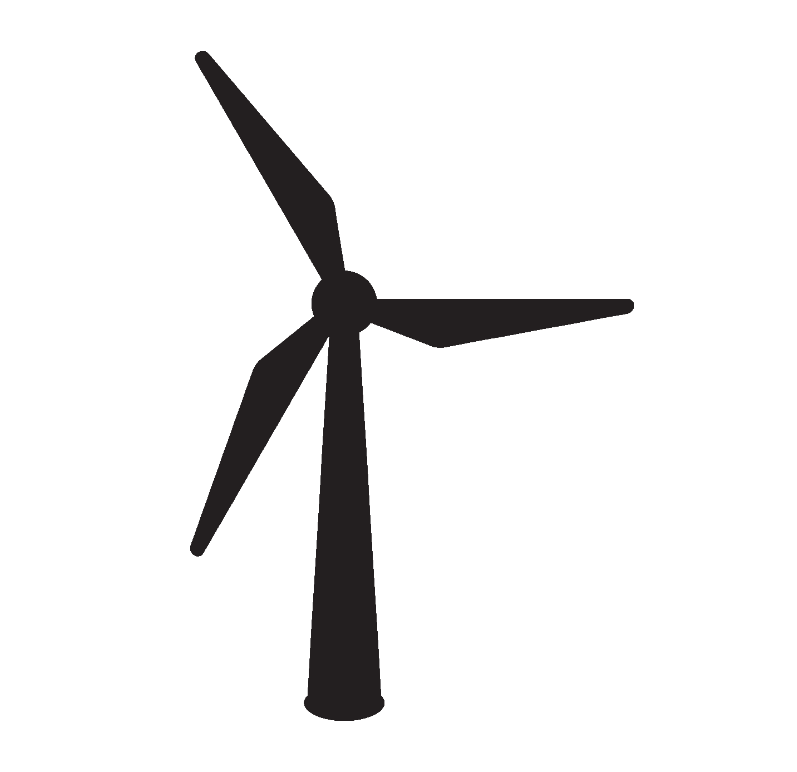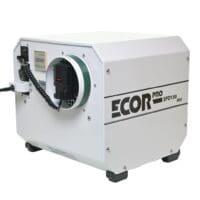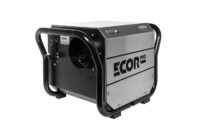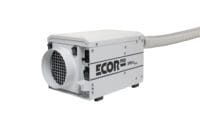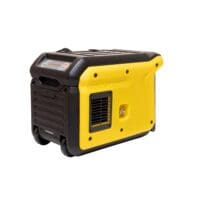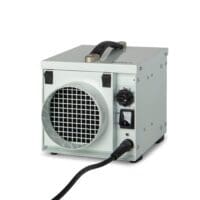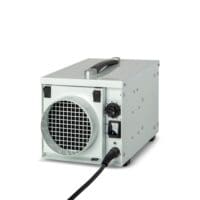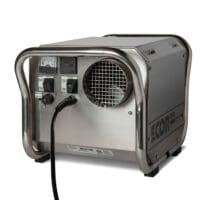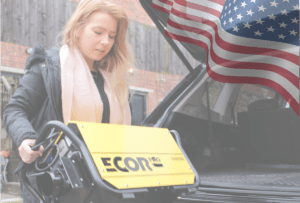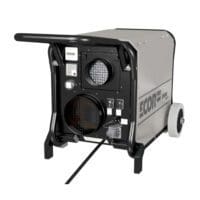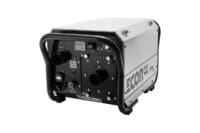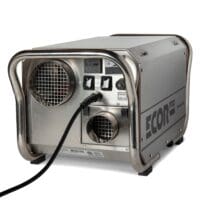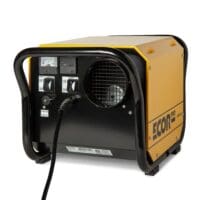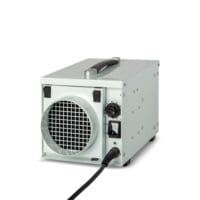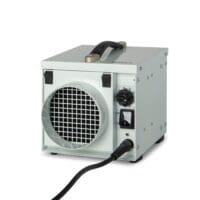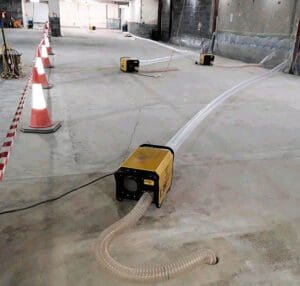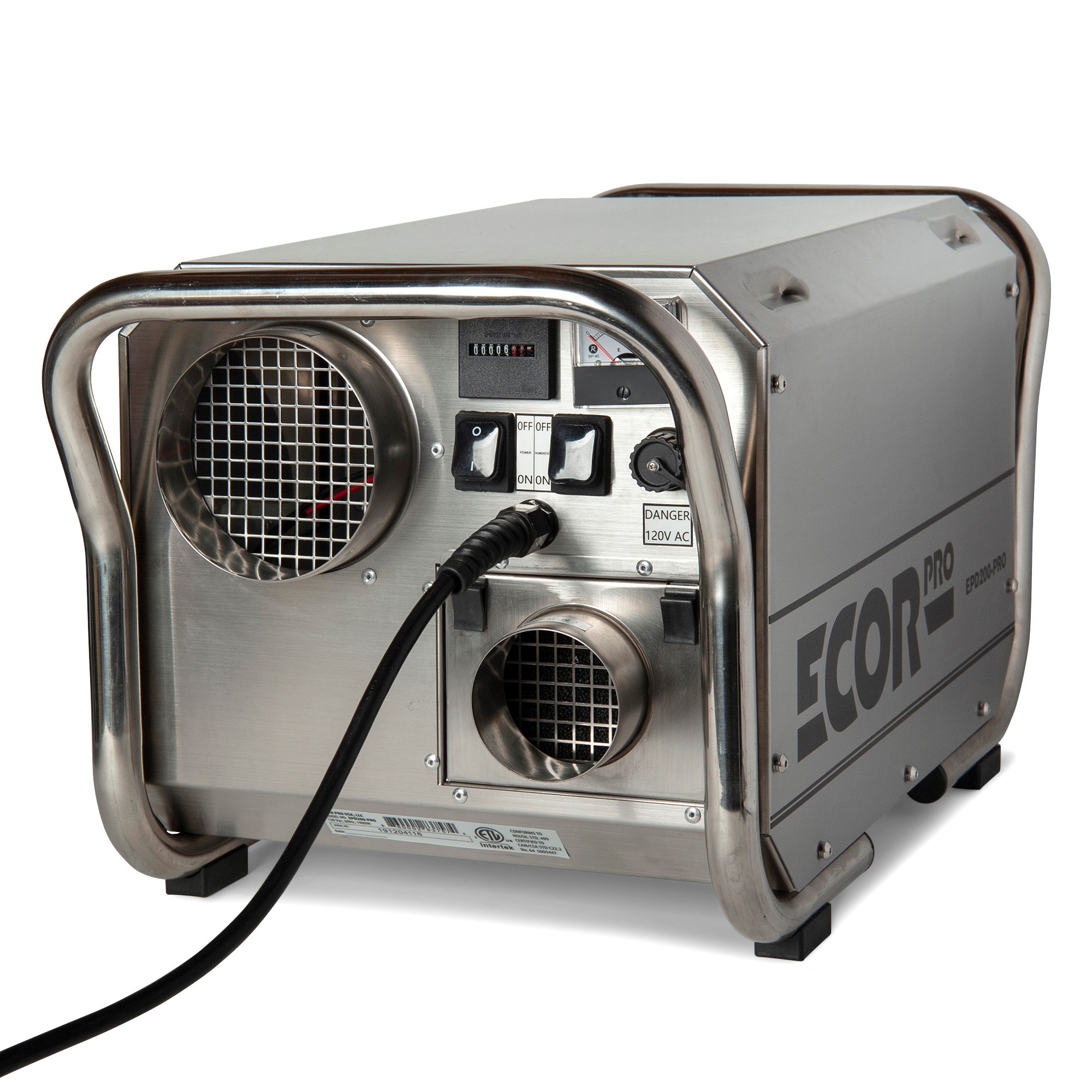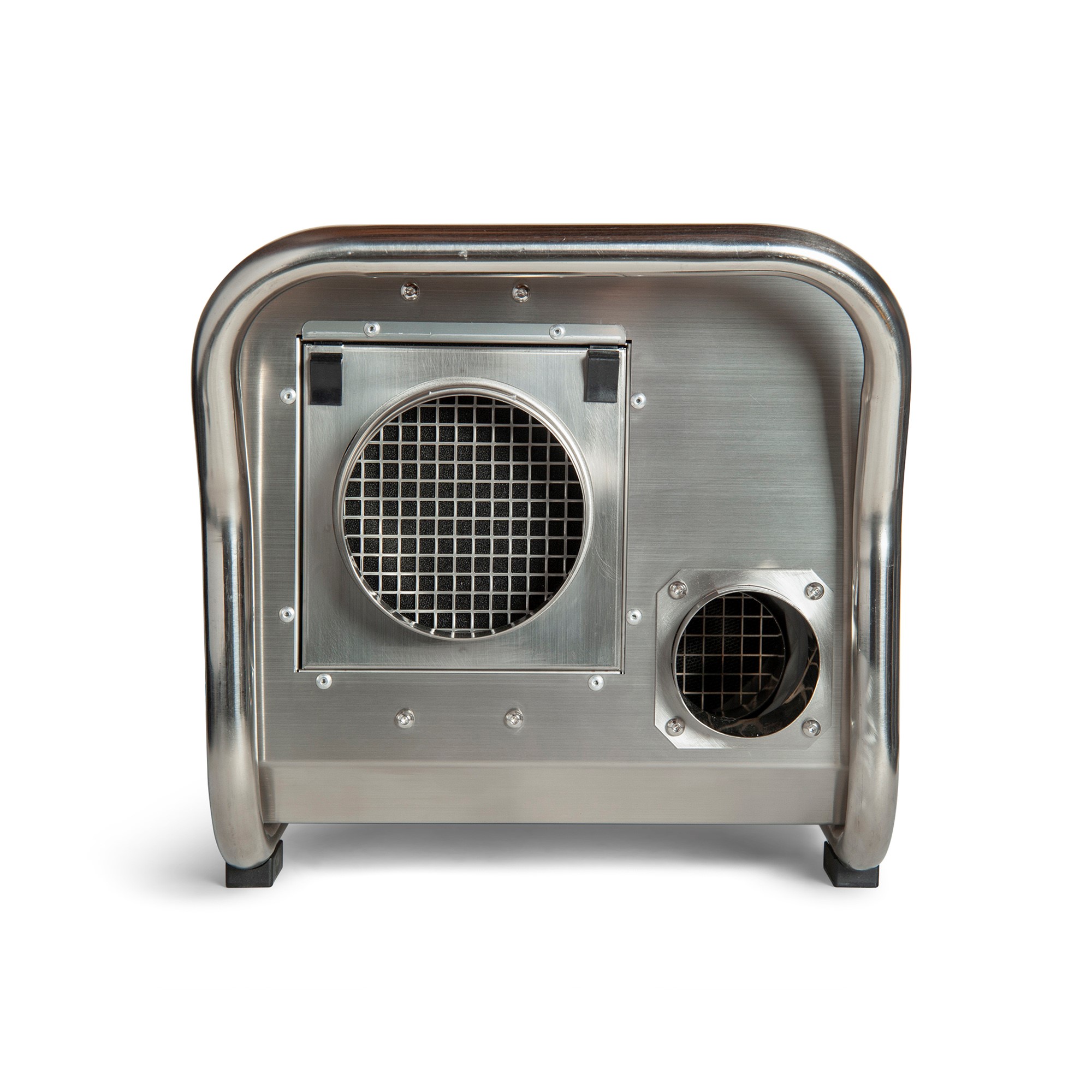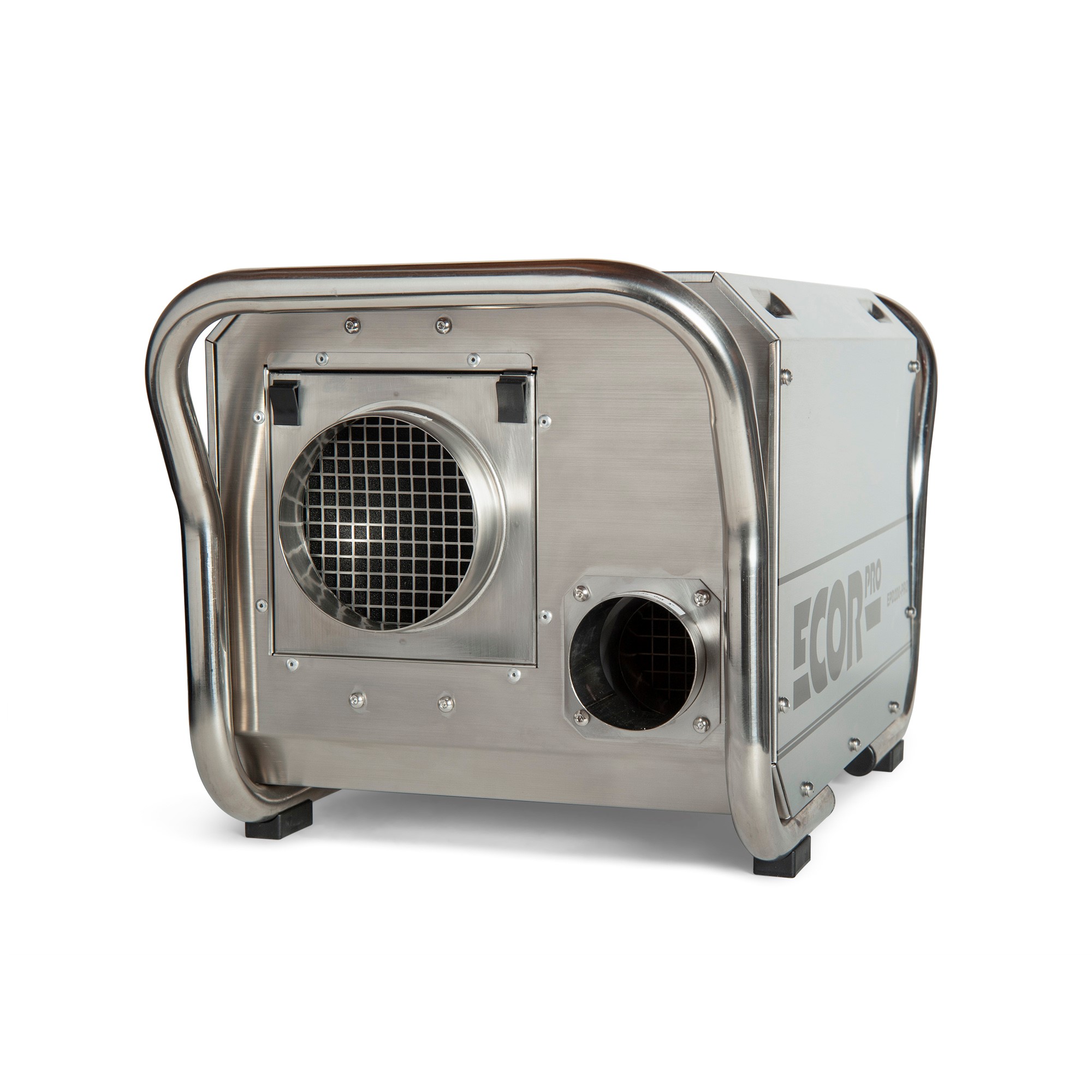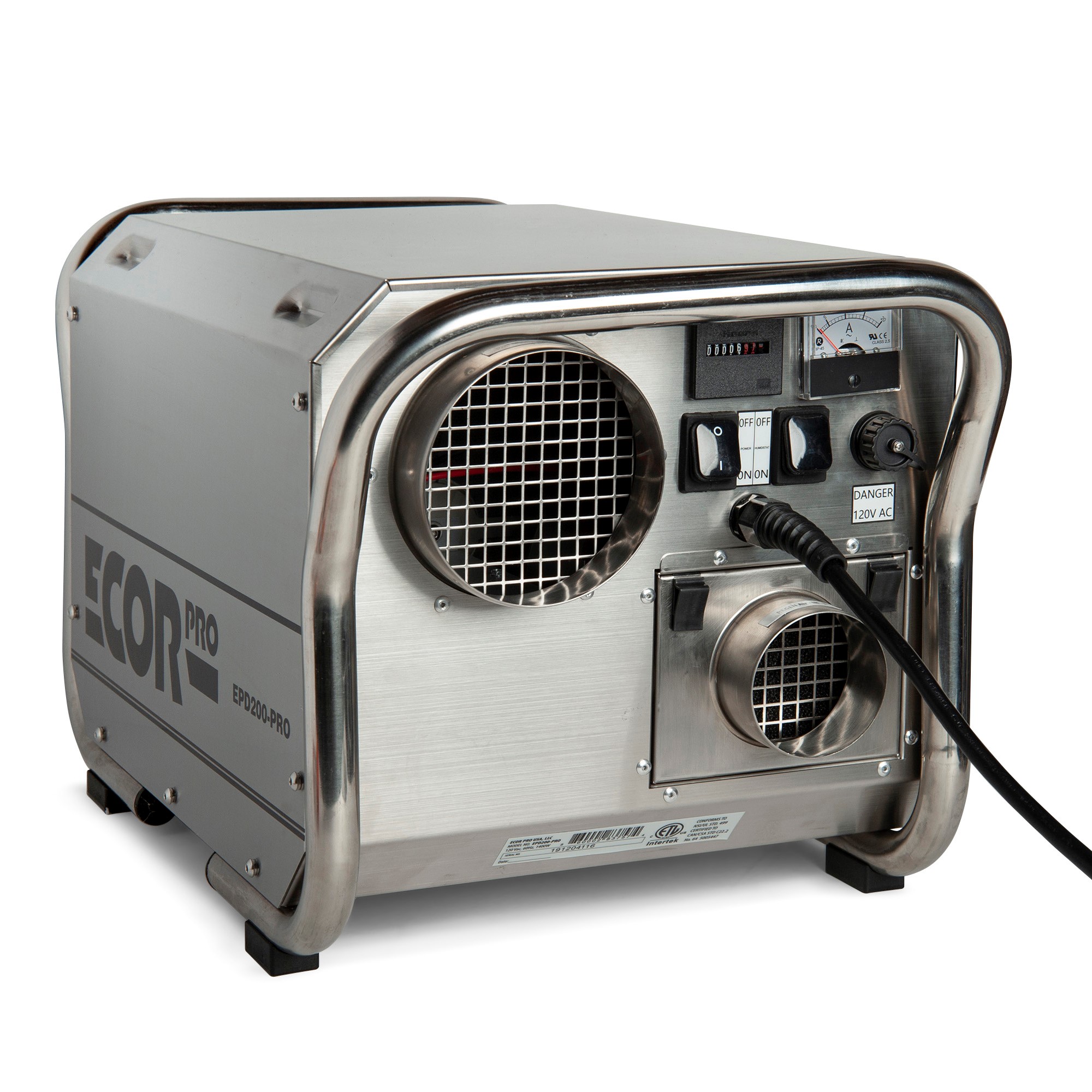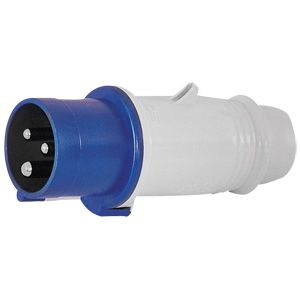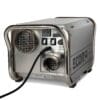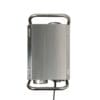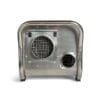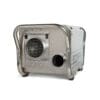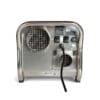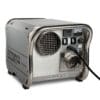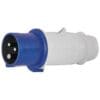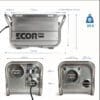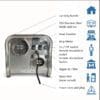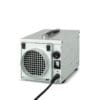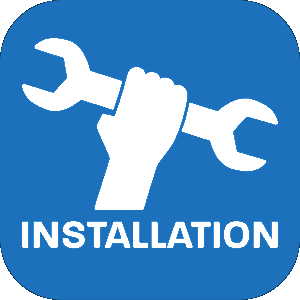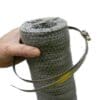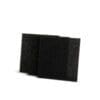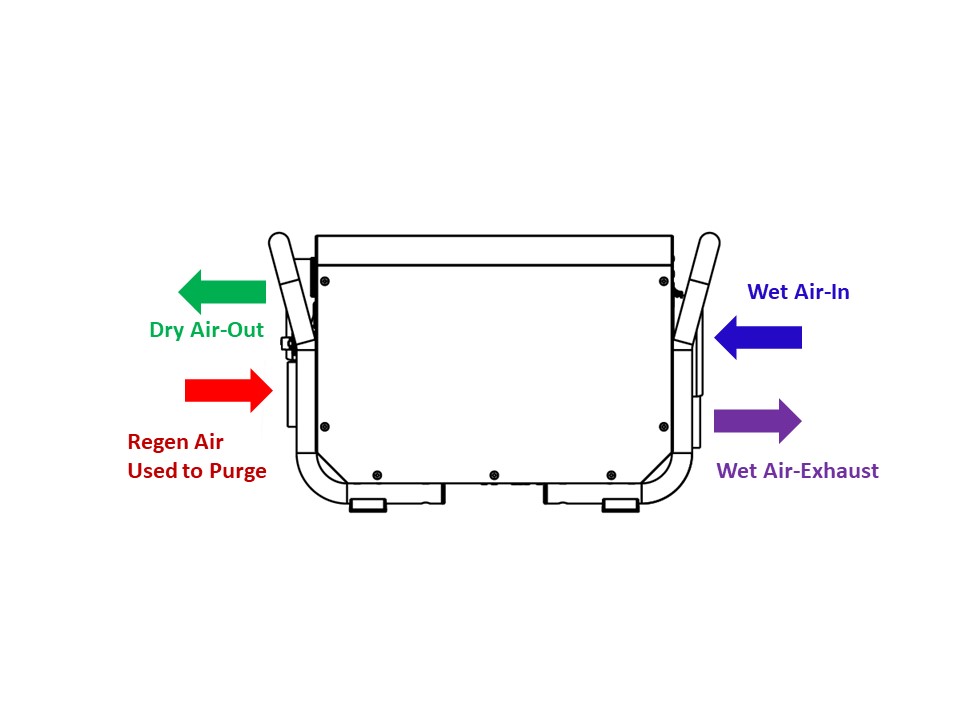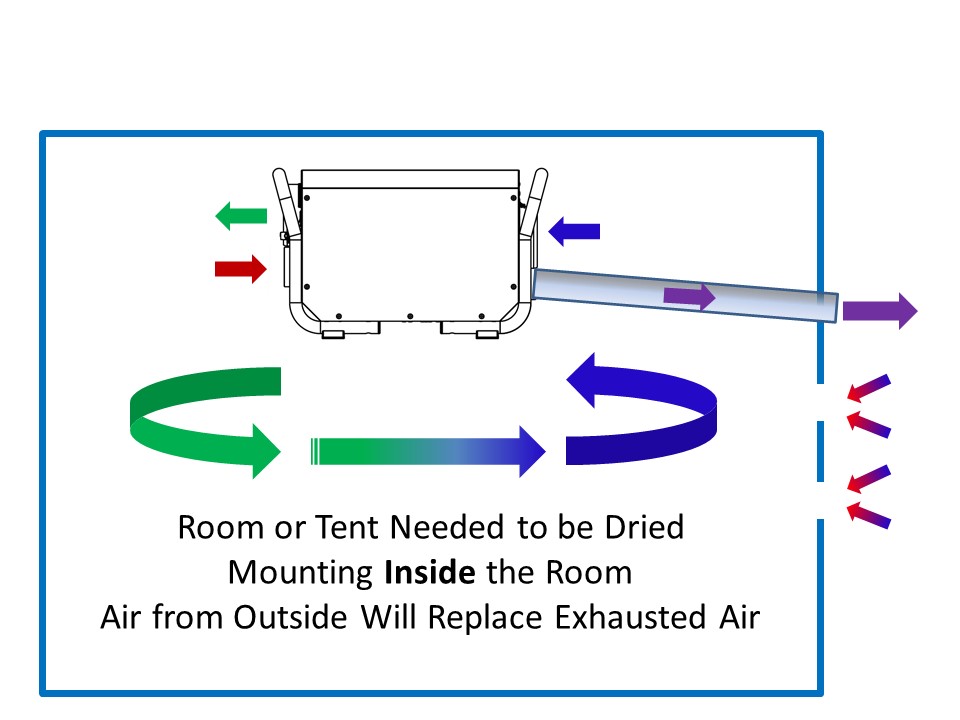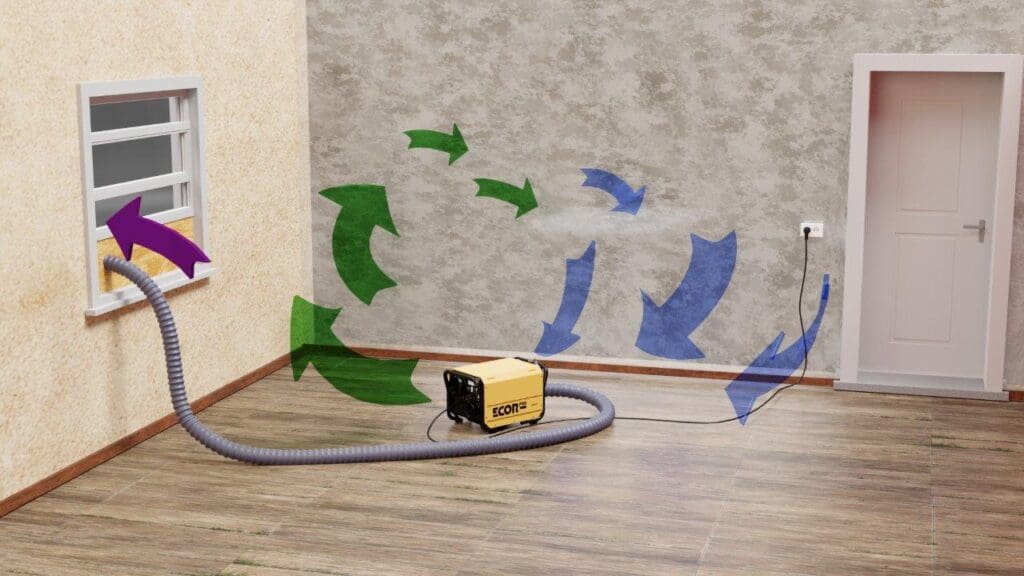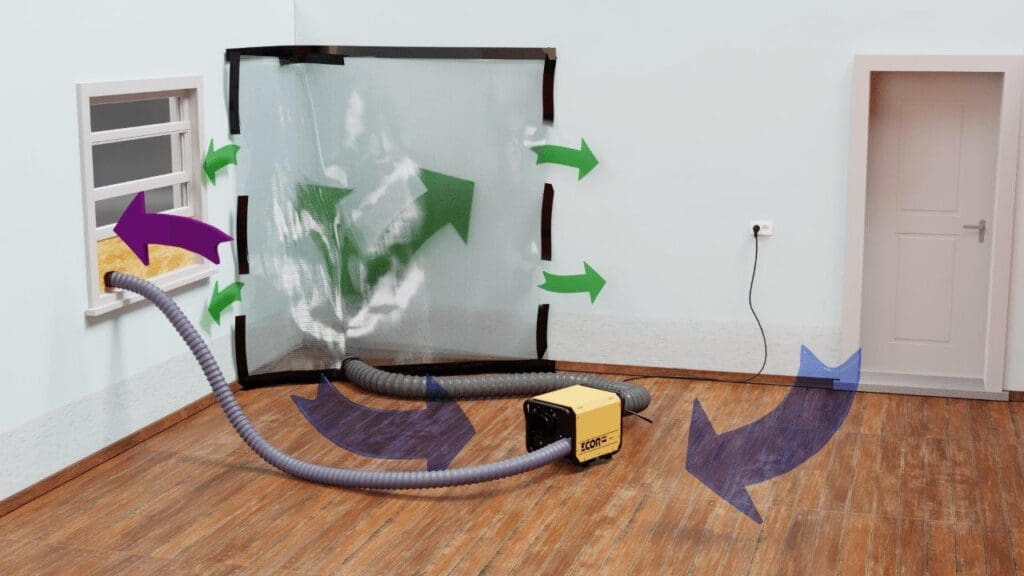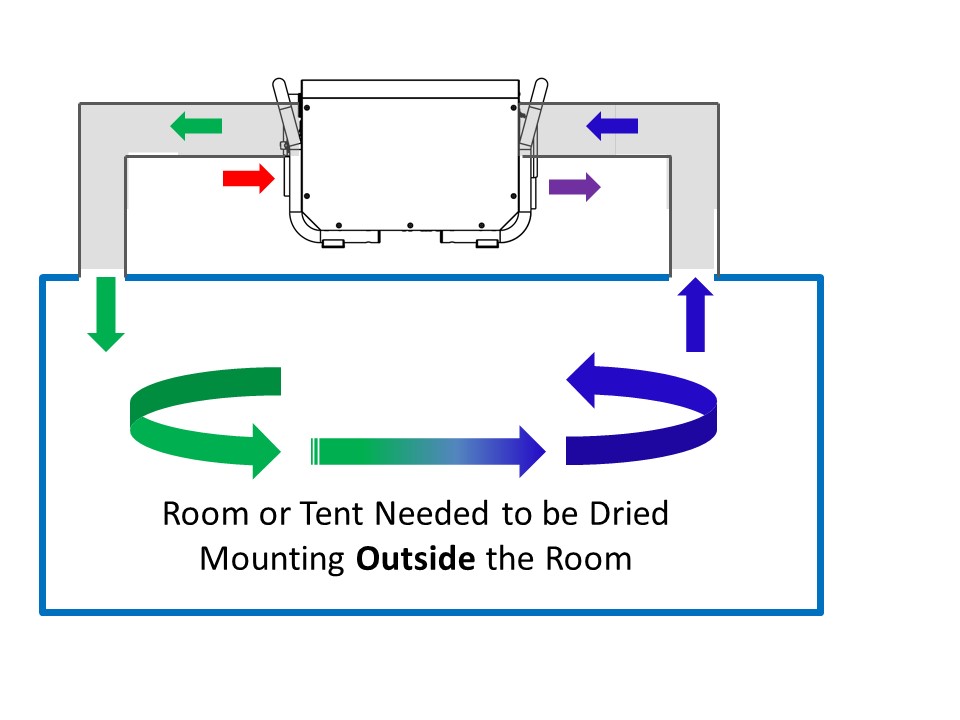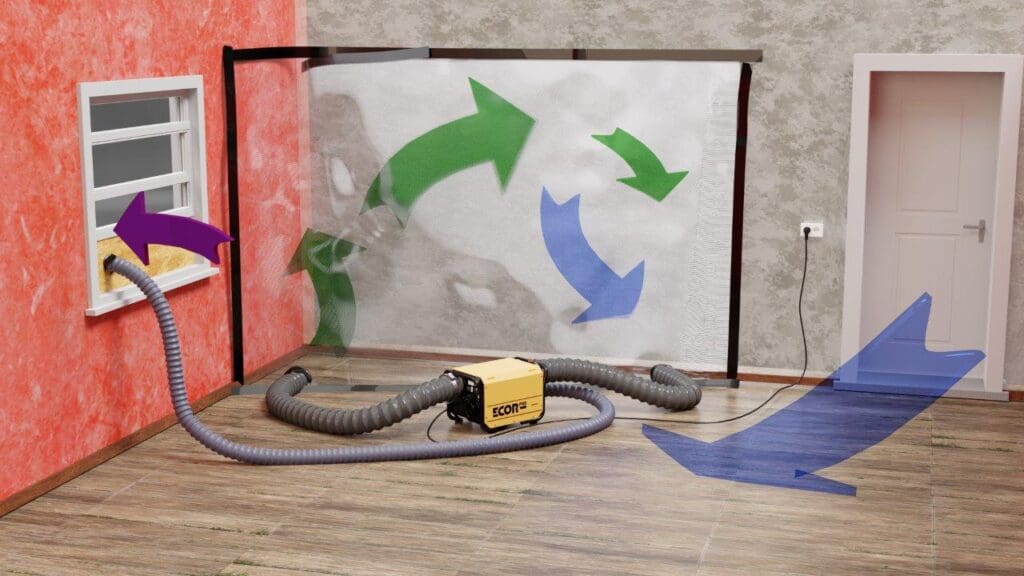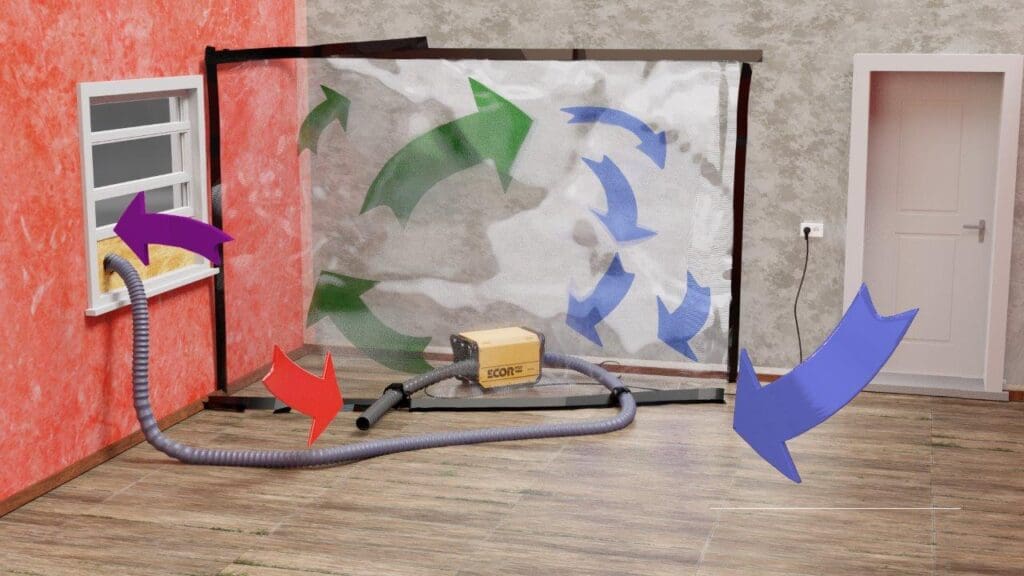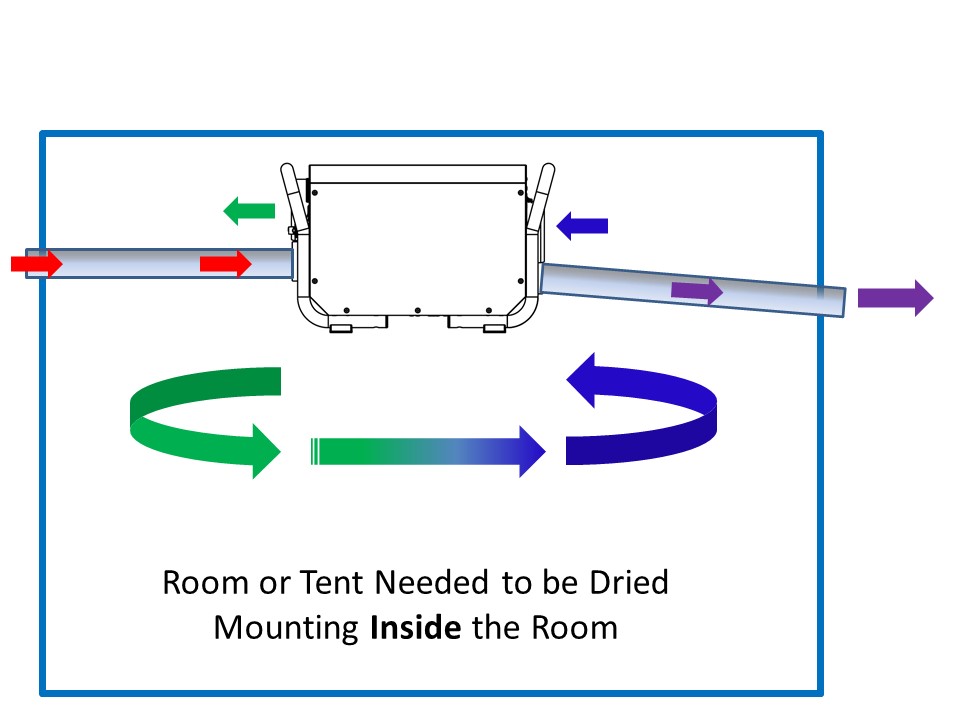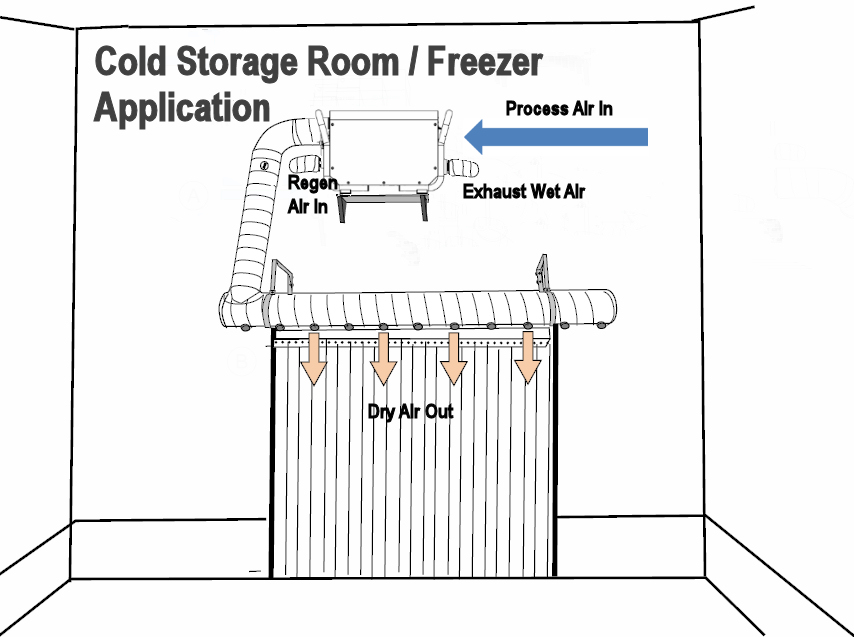Pression neutre Focus Flood Drying
PAS DE PRODUCTION D'EAU. L'HUMIDITÉ EST ÉVACUÉE. MÊME VERS LE HAUT.
Idéal pour la restauration des inondations, la mer navires et les applications de restauration
Déshumidificateur à dessiccation de 45 litres 220V / 50Hz
Équivalent d'un déshumidificateur à compresseur de 90 litres à 18°C
Libre ou installé
Déshumidificateur industriel DH3500 Construction en acier inoxydable INOX avec finition en peinture époxy résistante. Séchera 24 heures sur 24, 7 jours sur 7 et même jusqu'à -20°C/-4°F. Peut fonctionner jusqu'à 40°C/104°F.
Acier inoxydable à l'intérieur et à l'extérieurAssez résistant pour être loué ou restauré
Peut être porté par une seule personne. Auto-régulation de la consommation d'énergie qui s'adapte aux différences de pression de l'air en utilisant toujours la bonne quantité d'énergie pour un séchage efficace.
Déshumidificateur à 4 trous
L'air de processus d'entrée est filtré et séché par la poussière. L'air d'entrée peut être canalisé vers l'intérieur et l'extérieur avec un conduit de 125mm / 5″. L'évacuation de l'air humide se fait par un conduit de 80mm / 3″. L'air de régénération peut également être conduit dans le déshumidificateur avec un conduit de 80mm / 3″.
Les recherches d'Ecor Pro montrent que le DH3500 INOX est quatre à sept fois plus rapide pour sécher les bâtiments à basse température qu'un déshumidificateur à compresseur traditionnel.
Parties associées
Caractéristiques expliquées
Très compact - Petit déshumidificateur de 45 litres sur le marché.
Filtre à poussière - Filtre à poussière réticulé simple dans un cadre métallique. Se nettoie par secouage ou se remplace facilement. Empêche les particules de poussière de pénétrer dans l'unité et de nuire aux performances.
Réparation facile - Le couvercle est facile à enlever pour l'entretien et la réparation éventuelle. Permet un accès rapide et facile pour remplacer les jeux de cordons ou prévenir les pièces par une personne qualifiée. Prolonge la durée de vie du déshumidificateur DH3500. Les cordons peuvent être remplacés en 20 minutes environ.
On Four Feet - Pieds en plastique anti-rayures.
Poignée de transport - Facile à transporter par une seule personne. Les poignées amovibles protègent également les brides du conduit du déshumidificateur en cas de transport.
Connexion de l'humidistat - Il n'y a pas d'humidistat intégré mais il est possible d'en ajouter un très simplement. Un connecteur aux normes militaires se trouve à l'avant de l'appareil. Pour l'ajouter, utilisez l'humidistat à distance EPHUM220. Il permet d'allumer et d'éteindre le déshumidificateur automatiquement.
Entrée et sortie d'air des conduits - Le déshumidificateur a tous les conduits équipés de brides pour permettre l'ajout de conduits de 125 mm / 5″ durs ou flexibles.
Parfait pour tout climat.
Échappement d'air humide - Le DH25XX possède un ventilateur interne, contre deux dans le DH35XX. Les deux ne produisent pas d'eau. Fonctionne dans des températures plus froides via l'évacuation de l'humidité. Séché avec une petite pression négative. L'humidité est purgée du système par 15% de l'air de traitement.
"Système à quatre trous " - Deux entrées et deux sorties.
Boîtier du filtre Regen - Le boîtier du filtre Regen est un ajout récent au modèle DH35XX. Il peut être détaché s'il n'est pas nécessaire. Il est utilisé pour certaines applications.
Alimentation électrique - Ainsi, alimentation 220V 50Hz
Réinitialisation automatique - En cas d'interruption de l'alimentation électrique, le DH35XX continuera à fonctionner dès que le courant sera revenu. Parfait dans les endroits où l'alimentation électrique est "sale" et peut affecter d'autres produits à commande électronique.
Construction entièrement métallique - Acier inoxydable à l'intérieur et à l'extérieur. Conçu pour la longévité.
Cordon d'alimentation de 4m / 12′ - Pas besoin de joindre les câbles lorsqu'ils sont placés par exemple dans les vides sanitaires ou les greniers de la maison par exemple.
Installation d'un déshumidificateur
Il s'agit d'un déshumidificateur à 4 trous, ce qui signifie qu'il y a 2 ventilateurs séparés à l'intérieur. Un pour l'air de traitement (l'air qui doit être séché) et l'air de régénération qui est utilisé pour purger la roue de l'humidité et qui est ensuite évacué.
Le séchage d'une pièce endommagée par l'eau a évolué depuis l'époque où l'on allumait un feu et ouvrait les portes et les fenêtres. L'industrie ne laisse plus un déshumidificateur au milieu de la pièce inondée avec quelques brasseurs d'air en espérant que tout ira pour le mieux, notamment parce que cela gaspille une énergie coûteuse et parce que les entrepreneurs sont de plus en plus conscients de la nécessité de réduire à la fois leur empreinte carbone et le temps nécessaire à l'exécution du travail.
La disponibilité de la puissance signifie également que des produits plus efficaces peuvent être utilisés sur l'alimentation électrique que des unités plus gourmandes en énergie.
L'économie de main-d'œuvre et l'utilisation efficace d'actifs coûteux étant de plus en plus importantes sur un marché concurrentiel, l'assèchement ciblé est un bon début, mais ce n'est pas suffisant dans la mesure où nous nous dirigeons vers une industrie plus durable et plus axée sur les coûts.
L'utilisation de tentes pour le séchage ciblé garantit que le déshumidificateur ne sèche que les parties humides de la pièce et évite de sécher les zones non touchées, un processus qui peut causer des dommages secondaires en aspirant trop d'humidité de certains matériaux dans le reste de la pièce. En bref, assécher une pièce entière pour remédier à une inondation partielle est remarquablement inefficace.
Le séchage ciblé utilise des feuilles de plastique pour créer une chambre hermétique, ou "tente", autour de la zone humide de la pièce, ce qui permet d'économiser des quantités importantes d'énergie en ne séchant pas les 90 % de la pièce qui n'étaient pas humides au départ - mais même cette approche est inefficace.
L'inefficacité survient lorsque la tente est alimentée de l'extérieur par l'air sec d'un déshumidificateur à dessiccation (absorption), le meilleur choix pour sécher des matériaux denses comme les murs en briques ou en blocs.
Lorsque de l'air est insufflé dans la tente, le même volume d'air doit s'en échapper. Ce système de pression positive signifie que l'air de séchage est prélevé dans toute la pièce - ainsi qu'à l'extérieur si les fenêtres sont ouvertes. L'ensemble de la pièce fait donc partie du régime de séchage, le déshumidificateur étant obligé de sécher l'air potentiellement humide avant de l'introduire dans la tente. Si l'air introduit ne peut être contrôlé, le séchage ne peut l'être non plus.
La réponse consiste à créer un système de pression négative en déplaçant le déshumidificateur à l'intérieur de la tente, créant ainsi un environnement contrôlé.
Parlons mathématiques. Dans notre système positif, un déshumidificateur normal à dessiccation à trois orifices déplaçant 150 mètres cubes (5300 cft) par heure génère probablement des mètres cubes (4200 cft) d'air sec pour le séchage et utilise 30 mètres cubes (1000 cft) pour le séchage de sa roue. Dans une tente typique d'un mètre cube, l'air est renouvelé 120 fois par heure, mais si la tente se trouve dans une pièce d'un volume total de 60 mètres cubes, l'air de la pièce à l'extérieur de la tente est également recyclé deux fois, en vain.
Dans un système négatif, l'air de la tente n'est renouvelé que 30 fois, mais il est recirculé 120 fois par heure, devenant à chaque fois plus sec, ce qui augmente considérablement l'efficacité du régime de séchage et réduit la consommation d'énergie.
Pour aller plus loin, les déshumidificateurs Ecor Pro DH3500/EPD200 à quatre ports et EPD300 utilisent un flux d'air séparé pour sécher leur roue, de sorte qu'ils fonctionnent à pression égale et que l'air de la tente n'est pas échangé avec l'air de la pièce. Le déshumidificateur peut être placé à l'intérieur de la tente et l'air "régénéré" pour sécher la roue est pompé dans la tente et en ressort. Le déshumidificateur peut également être placé à l'extérieur de la tente et l'air est aspiré de la tente vers le déshumidificateur et inversement, ce qui signifie que la tente ou la chambre de séchage peut être scellée autour des conduits afin d'obtenir une efficacité maximale.
Recirculation de l'air à 100 %, renouvellement de l'air à 0 %. C'est efficace.
La concentration de l'air sec permet d'obtenir des temps de séchage plus rapides. Exemple de "pression positive" ou de forçage de l'air sec dans les zones où il est nécessaire.
La recirculation de l'air à sécher a un effet composé et permet un séchage plus rapide. Ce système est à "pression neutre" et se trouve à l'extérieur de la pièce à sécher.
La méthode de séchage la plus efficace consiste à placer la machine dans la zone à sécher et à faire recirculer l'air. Ce système est à "pression neutre" et se trouve à l'intérieur de la pièce à sécher.
Fonctionnant en dessous de zéro et pouvant fonctionner dans des pièces scellées, 4-Hole permet même aux chambres froides et aux congélateurs de réduire les problèmes d'humidité.
